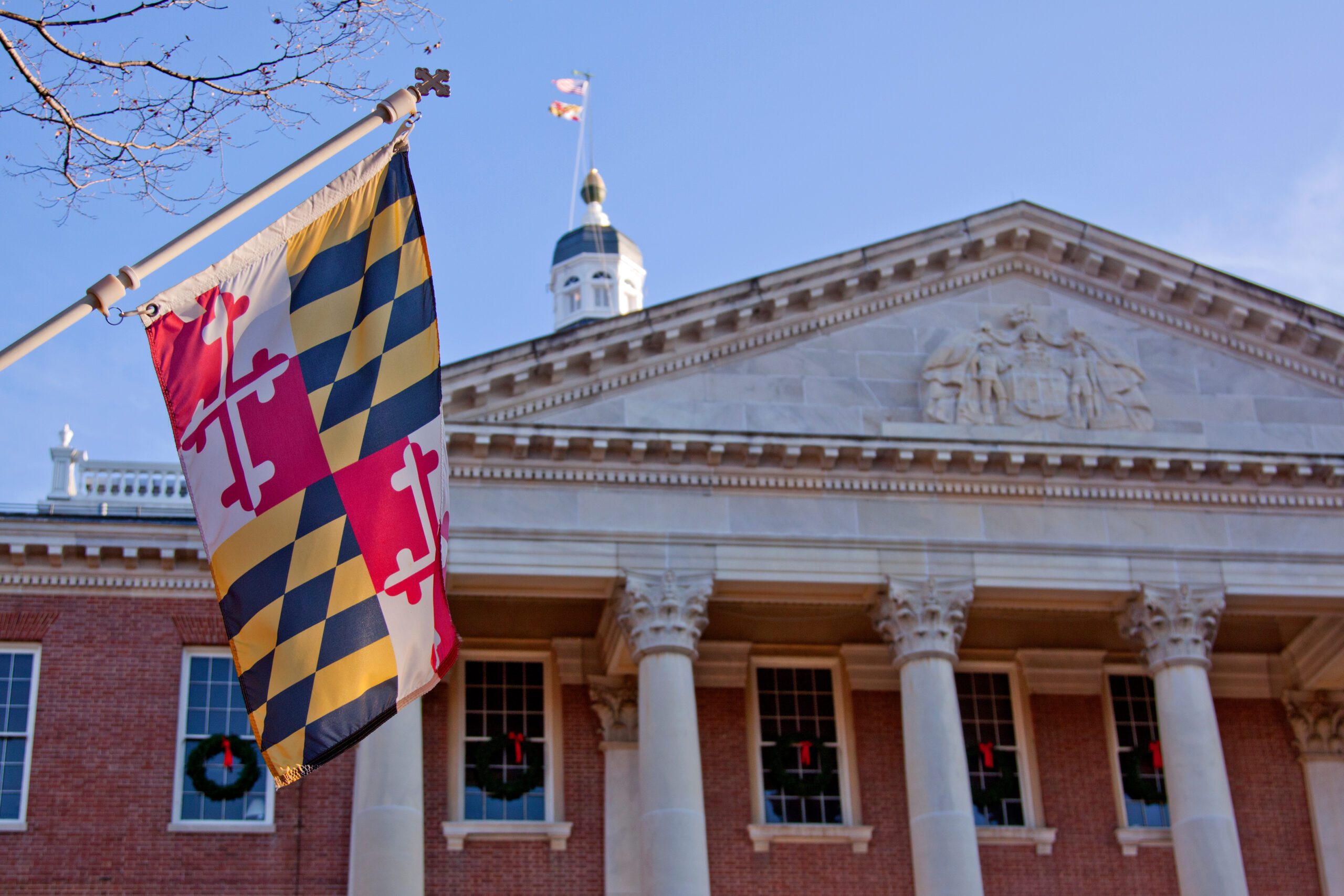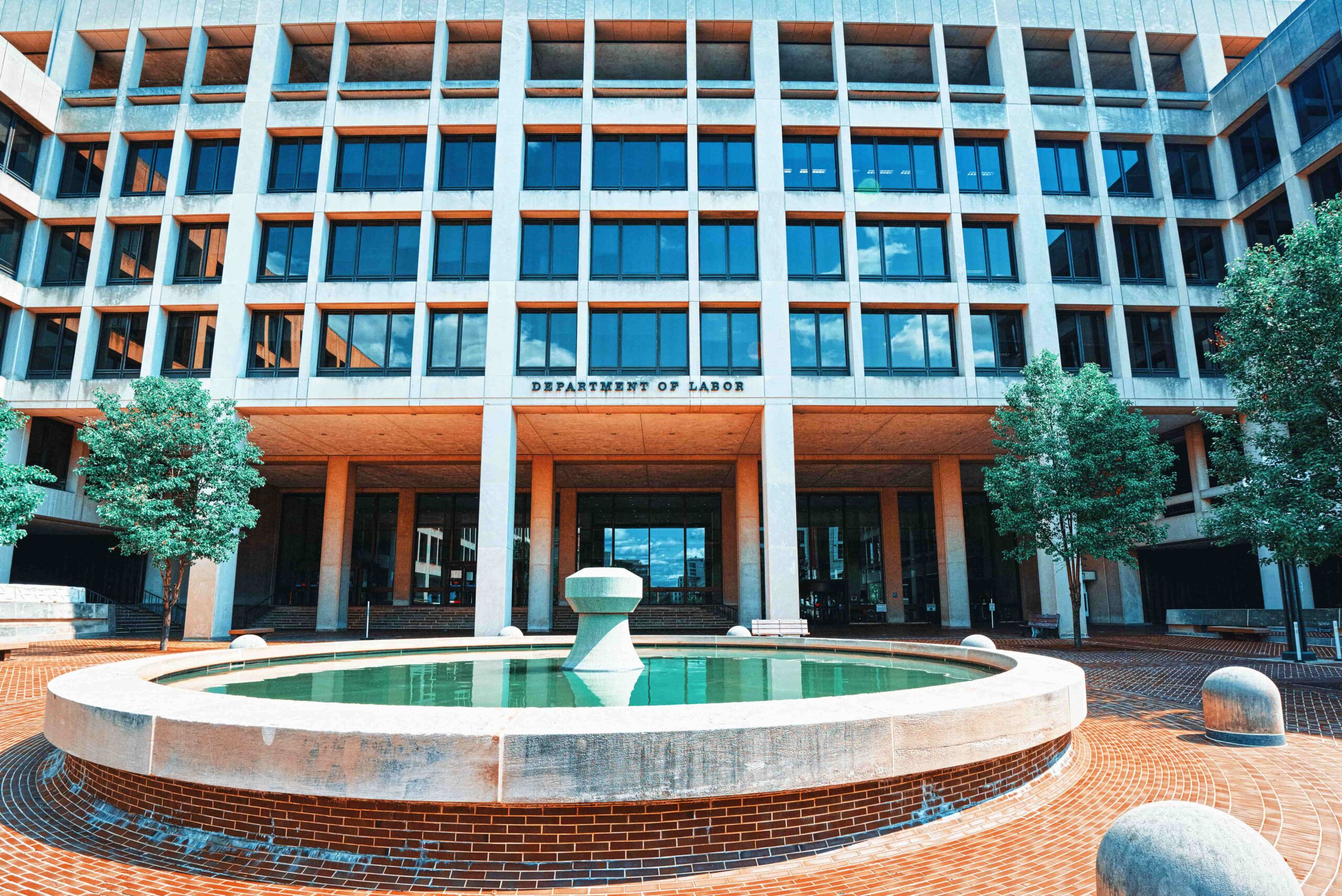Maryland Local Income Tax Reform: Details & Analysis
On January 22, Maryland Delegate Palakovich Carr introduced H.B. 470, a bill that would significantly alter the local income taxA tax is a mandatory payment or charge collected by local, state, and national governments from individuals or businesses to cover the costs of general government services, goods, and activities.
system in the state. If adopted, the legislation would raise the maximum top local income tax rate from 3.2 percent to 3.7 percent beginning in 2026 and allow counties to impose this rate on taxable incomeTaxable income is the amount of income subject to tax, after deductions and exemptions. For both individuals and corporations, taxable income differs from—and is less than—gross income.
of $250,000 or above for single filers ($300,000 or above for married individuals filing joint returns). Until quite recently, all local income taxes in Maryland were levied at a single rate.
What’s in the Bill?
The initial version of the bill is quite concise, a mere three pages. Despite its brevity, it contains several major provisions that could impact Maryland’s local income tax system and the composition of local revenues.
The key provision allows counties to raise their income tax rates up to 3.7 percent (beginning in 2026) while keeping the lowest allowable rate constant at 2.25 percent. Currently, the highest statutory tax rate stands at 3.2 percent.
It is worth noting that the new highest rate of 3.7 percent is applicable only to taxable income exceeding $250,000 for single filers and above $300,000 for married individuals filing jointly. This essentially means that if county governments wish to implement a rate above 3.2 percent, then they must structure their tax codes progressively, wherein higher rates apply to higher levels of income.
The bill also allows counties to create up to six income tax brackets. While counties have been permitted to impose rates on a bracket basis since 2022, only two counties—Anne Arundel County and Frederick County—have started experimenting with graduated-rate tax schedules, with neither exceeding four brackets.
Local Income Taxes in Maryland: Long-Term Trends and Recent Developments
Maryland is one of 16 states where local income taxes are authorized and one of six states where they constitute a significant source of local tax revenues. Notably, local income taxes in Maryland constitute about 35 percent of local tax collections and more than 17 percent of local revenue, giving Maryland’s localities the highest dependence on income taxes in the nation. Consequently, the proposed local income tax reform is likely to have a significant impact on the composition of local revenues and intergovernmental fiscal relations within the state.
Local income tax rates in Maryland have mildly increased since 2006, but the pace has accelerated in recent years—a trend observed in Indiana and several other states. The average local income tax rate rose from 2.82 percent in 2006 to 2.90 percent in 2018 and further to 3.03 percent in 2024. Importantly, only three counties imposed the highest statutory income tax rate of 3.2 percent in 2006, while this number increased to 13 counties in 2024.
Over this period, 16 counties raised their top rate, six counties witnessed no changes, and two counties (Carroll County and Cecil County) decreased their top rate. The largest increase was in Worcester County (from 1.25 to 2.25 percent), followed by Anne Arundel County, Dorchester County, and Caroline County (in each of these three counties, the rate went up from between 2.5 and 2.6 percent to 3.2 percent). The prevailing trend indicates that when the state permits counties to increase their rates up to a specified cap, most counties eventually reach this cap, and the authority to impose a progressive rate structure makes it easier for local officials to impose higher rates. Should H.B. 470 pass, it is reasonable to expect that most counties will make their income tax code progressive and raise the top rate to 3.7 percent.
Is the Proposal Sound?
While the proposed bill seeks to enhance local tax autonomy and support the provision of local public services, it violates several key principles of sound tax policy. Some problematic elements of the bill include its complexity, lack of neutrality, and disregard for the highly competitive tax landscape. The proposal would also confer the greatest revenue benefit on the jurisdictions that are already the most well-off.
The proposed bill makes the tax code more complex and less neutral. Essentially, the only way to raise the local tax rate above the 3.2 percent threshold is by adopting a progressive county tax code. Progressivity is achievable at the federal and state levels (mainly through federal tax progressivity and income transfer programs at both levels), but local governments are not well-positioned to enhance progressivity even further. The primary obstacle is the ease with which high earners can relocate within or between states. Academic research and our analysis of Indiana counties suggest that affluent taxpayers are more likely to move to low-tax localities. The modified tax code, therefore, is not neutral—it would directly affect individual and business decisions.
In a highly competitive state income tax environment, allowing localities to raise the combined top state and local tax rate to 9.45 percent (5.75 state + 3.7 percent local) would make Maryland even less competitive than all its neighbors except D.C. This includes Virginia (with the highest income tax rate of 5.75 percent), West Virginia (5.12 percent), Pennsylvania (6.83 percent [3.07 percent state + up to 3.75 percent local in Philadelphia]), and Delaware (7.85 percent [6.6 percent state + up to 1.25 percent local]). If Maryland policymakers are interested in retaining existing taxpayers and attracting new ones (in 2021, the state lost more than 23,000 individual taxpayers and almost $2 billion in AGI), then they need to prioritize more structurally sound income tax policies.
Finally, while no local tax authority will result in equal geographic distributions, much of the revenue benefit from new tax authority over high earners would be centralized in a handful of jurisdictions. The difference in per capita income between the richest county and the poorest county in Maryland is 2.4 times ($93,395 in Montgomery County vs $38,480 in Somerset County, according to the most recent BEA data). Consequently, the composition of taxpayers varies quite significantly across Maryland counties. Per county-level IRS data for 2020, Montgomery County had 74,580 taxpayers with AGI exceeding $200,000 (almost 14 percent of all tax returns), while Somerset County had only 130 such taxpayers (about 1 percent of all returns). Of course, the flip side of this is that a county with many high earners that chooses to go all-in on higher taxes might see its taxpayer count begin to erode.
Stay informed on the tax policies impacting you.
Subscribe to get insights from our trusted experts delivered straight to your inbox.
Subscribe
Share






